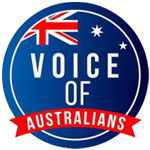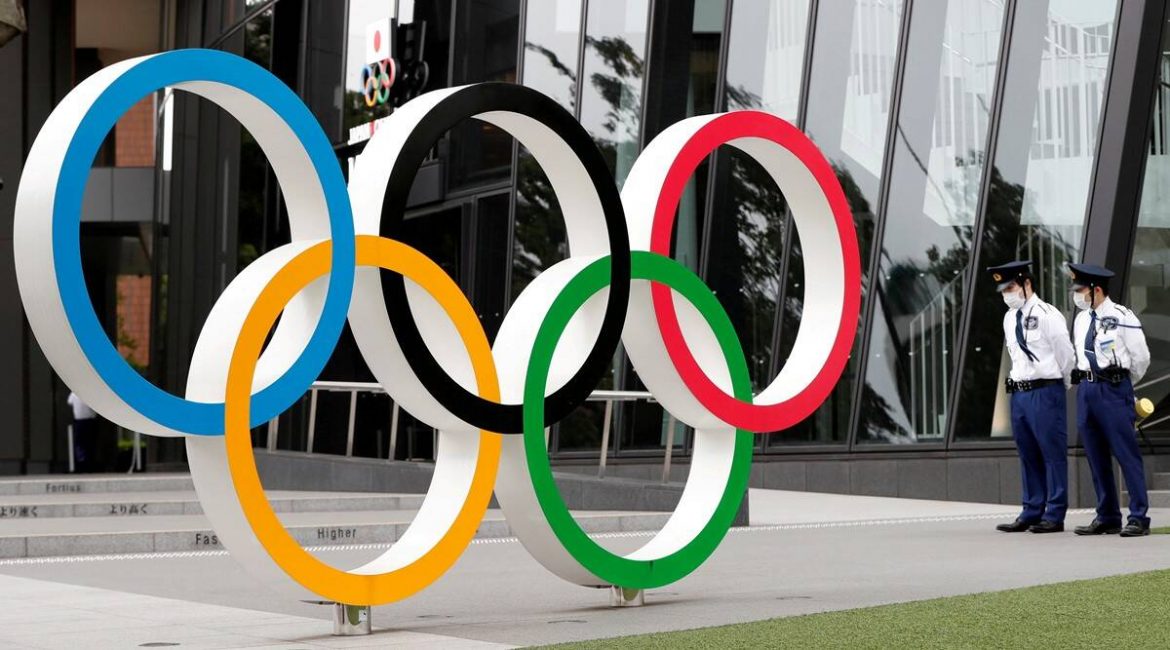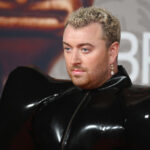IOC president greeted by state of emergency in Japan, facing prospect of crowd-less Olympics
IOC president Thomas Bach arrived in Tokyo on Thursday just as a ban on spectators at the Tokyo Olympics is likely after Japan Prime Minister Yoshihde Suga announced a state of emergency because of rising coronavirus infections in the capital.
Suga said the state of emergency would go in effect on Monday and last through August 22. This means the Olympics, opening on July 23 and running through August 8, will be held entirely under emergency measures.
Suga said the state of emergency was needed to “prevent the resurgence of the future spread on cases across the country.”
Bach largely avoided cameras at Tokyo’s Haneda Airport and, on a rainy afternoon, went to the International Olympic Committee’s games headquarters in Tokyo, a five-star hotel in the centre of the city. He is reported to need to self-isolate for three days.
Bach’s arrival comes just two weeks before the postponed Tokyo Games are to open. The IOC and local organisers are attempting to hold the games during a pandemic despite opposition from the Japanese public and medical community.
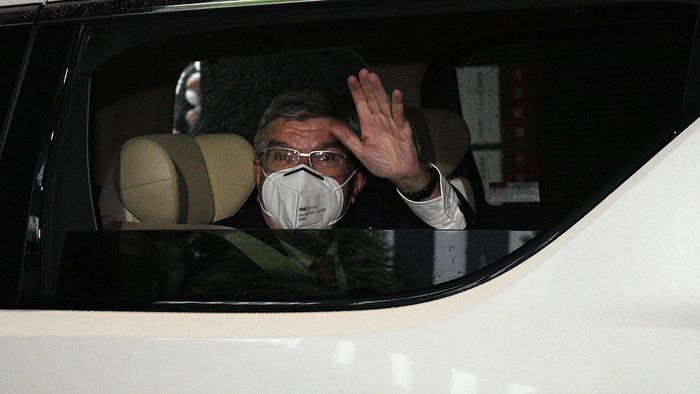
The main focus of the emergency is a request for bars, restaurants and karaoke parlours serving alcohol to close. A ban on serving alcohol is a key step to tone down Olympic-related festivities and keep people from drinking and partying. Tokyo residents are expected to face stay-home requests and watch the games on TV from home.
“How to stop people enjoying the Olympics from going out for drinks is a main issue,” Health Minister Norihisa Tamura said.
The present state of emergency ends Sunday. Tokyo reported 920 new cases on Wednesday, up from 714 a week earlier. It was the 18th straight day of week-on-week increases, and was the highest total since 1010 were reported on May 13.
Fans from abroad were months ago banned from attending the Olympics. But just two weeks ago, organisers and the IOC decided to allow venues to be filled to 50% of capacity but crowds not to exceed 10,000. The state-of-emergency will force them to change plans again with a decision probably coming later on Thursday.
The soaring cases are likely to mean that venues will be without any spectators, although sponsors and others may have access. The no-fan atmosphere could include the opening ceremony at the $1.35 billion National Stadium.
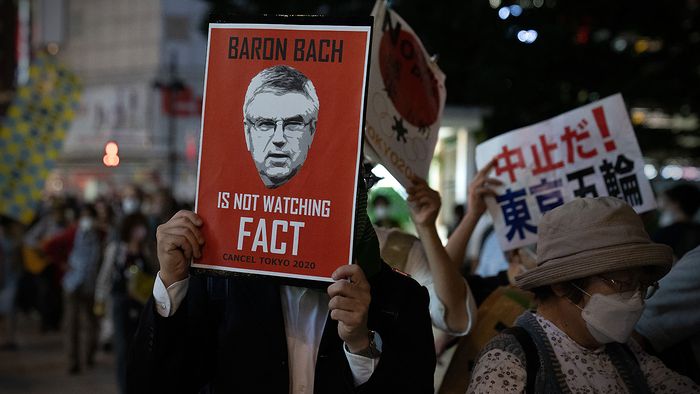
The uptick in infections has also forced the Tokyo city government to pull the Olympic torch relay off capital streets, allowing it to run only on remote islands off the Tokyo coast. It’s unclear how the torch will enter the stadium for the opening ceremony.
“The infections are in their expansion phase and everyone in this country must firmly understand the seriousness of it,” Dr Shigeru Omi, a top government medical adviser, said.
He urged authorities to quickly take tough measures ahead of the Olympics, with summer vacations approaching.
Omi has repeatedly called for a ban on spectators, and has said it’s “abnormal” to hold the Olympics during a pandemic.
Separately, a government COVID-19 advisory panel met Wednesday and expressed concerns about the ongoing resurgence of the infections.
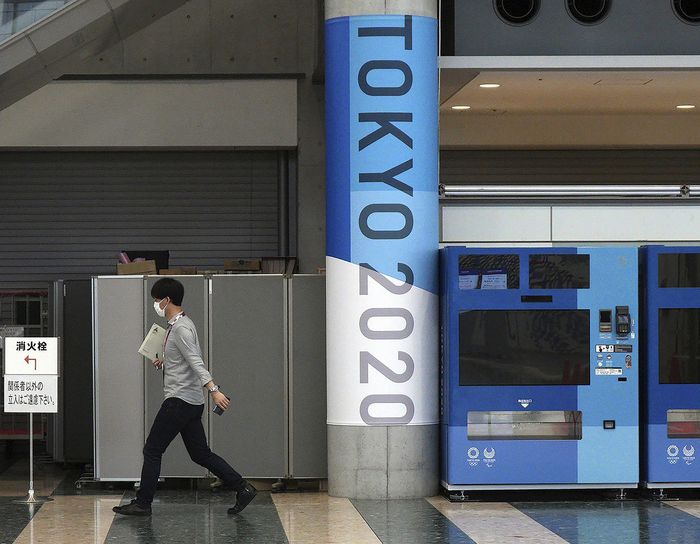
“Two-thirds of the infections in the capital region are from Tokyo, and our concern is the spread of the infections to neighbouring areas,” said Ryuji Wakita, director-general of the National Institute of Infectious Diseases.
The Olympics are pushing ahead against most medical advice, partially because the postponement stalled the IOC’s income flow. It gets almost 75 per cent of its income from selling broadcast rights, and estimates suggest it would lose $4.04 billion to $5.39 billion if the Olympics were canceled.
About 11,000 Olympians and 4400 Paralympians are expected to enter Japan, with tens of thousands of officials, judges, administrators, sponsors, broadcasters, and media also entering. The IOC says more than 80 per cent of resident of the Olympic Village will be vaccinated.
Nationwide, Japan has had about 810,000 cases and nearly 14,900 deaths. Only 15 per cent of Japanese are fully vaccinated, still low compared with 47.4 per cent in the United States and almost 50 per cent in Britain.
